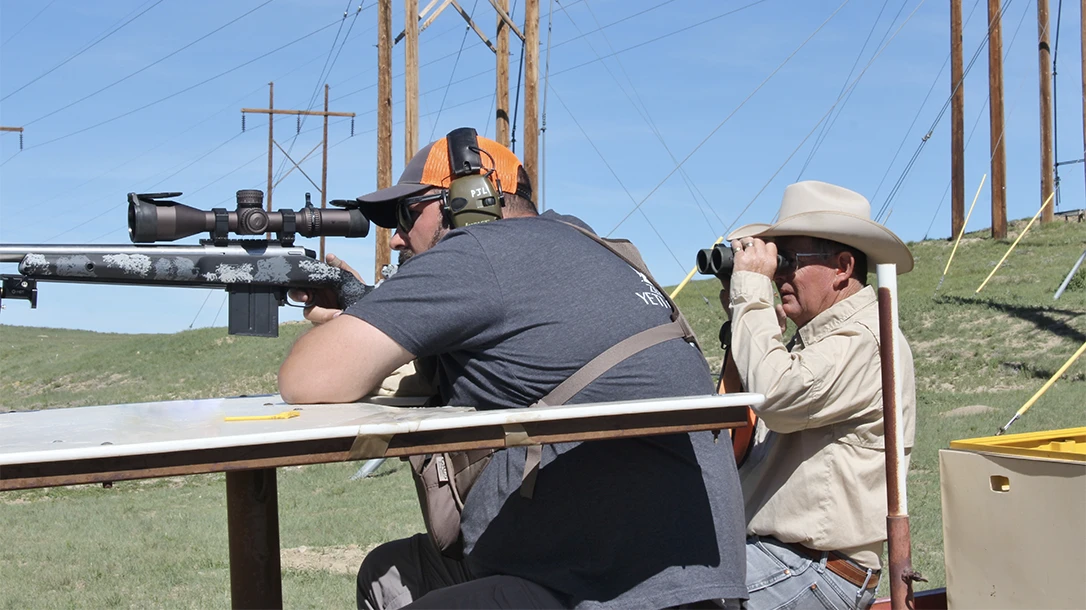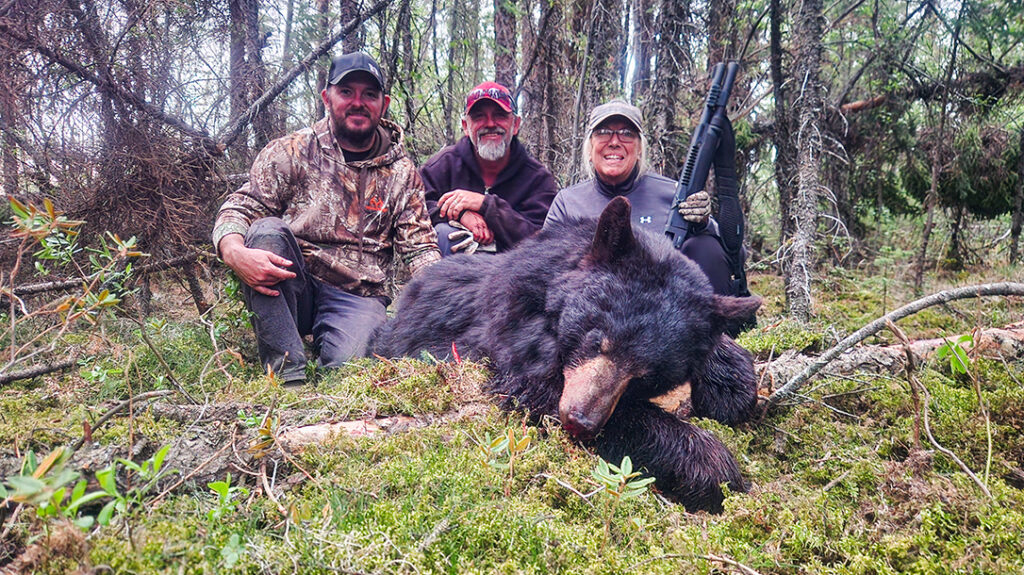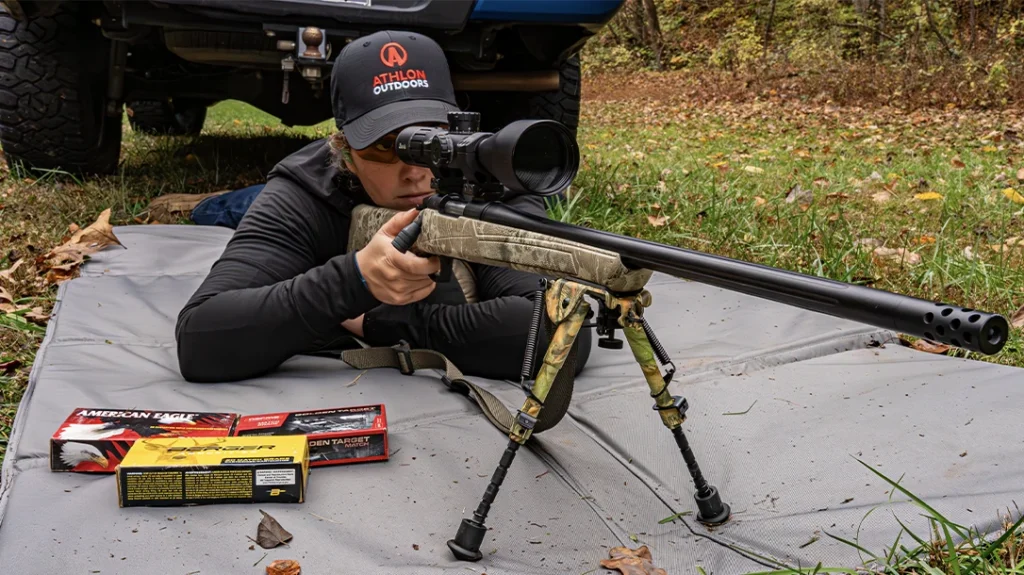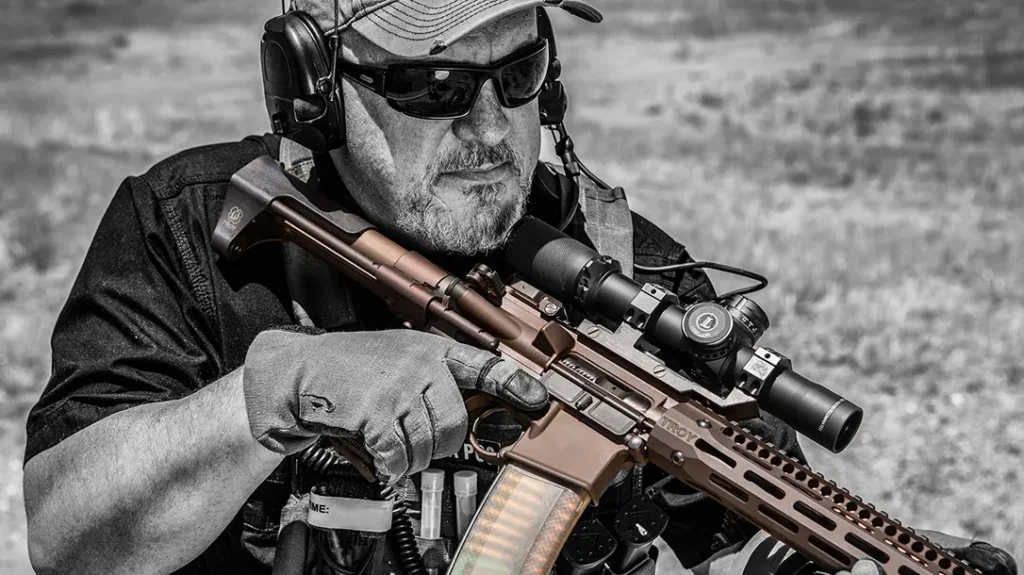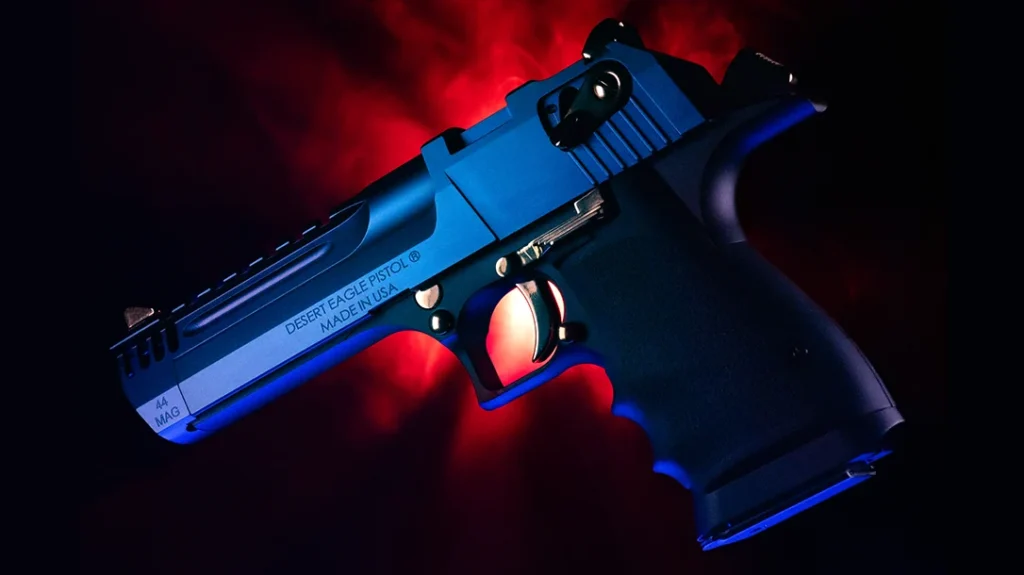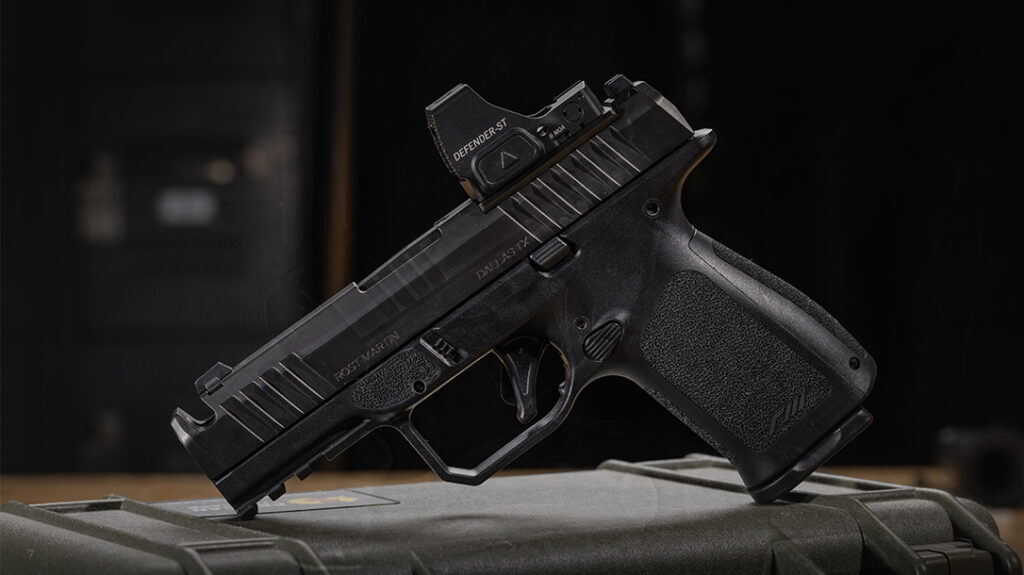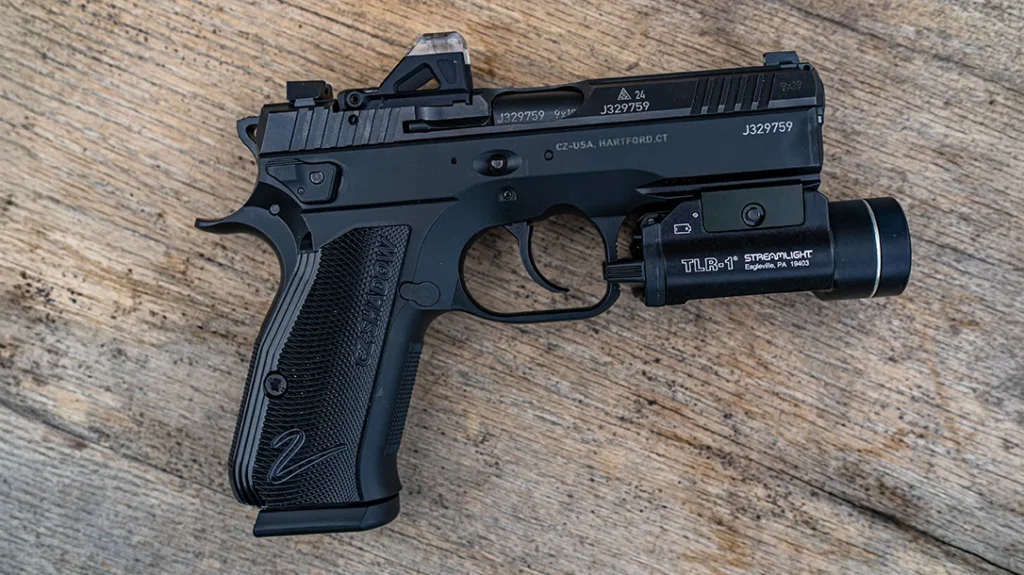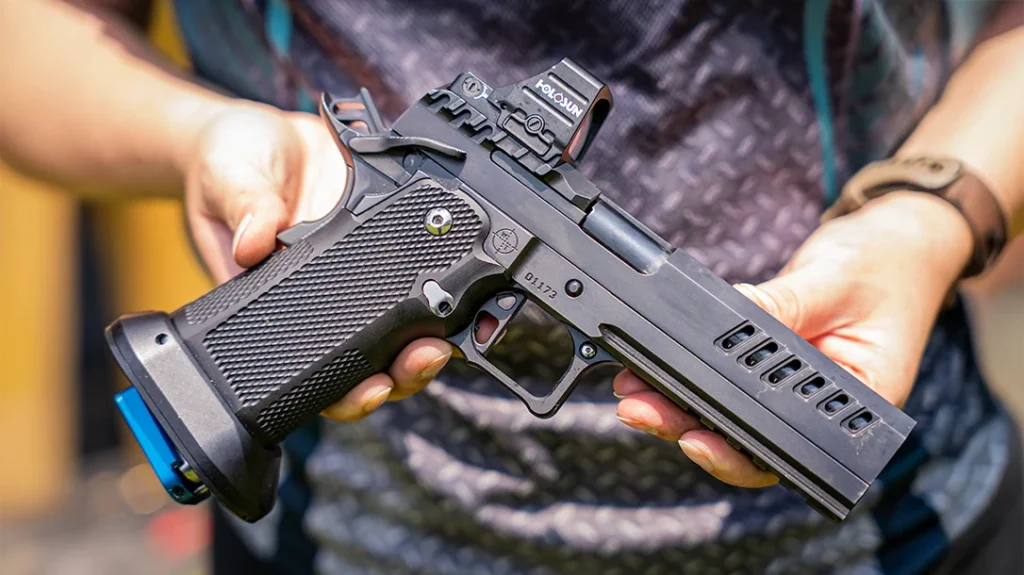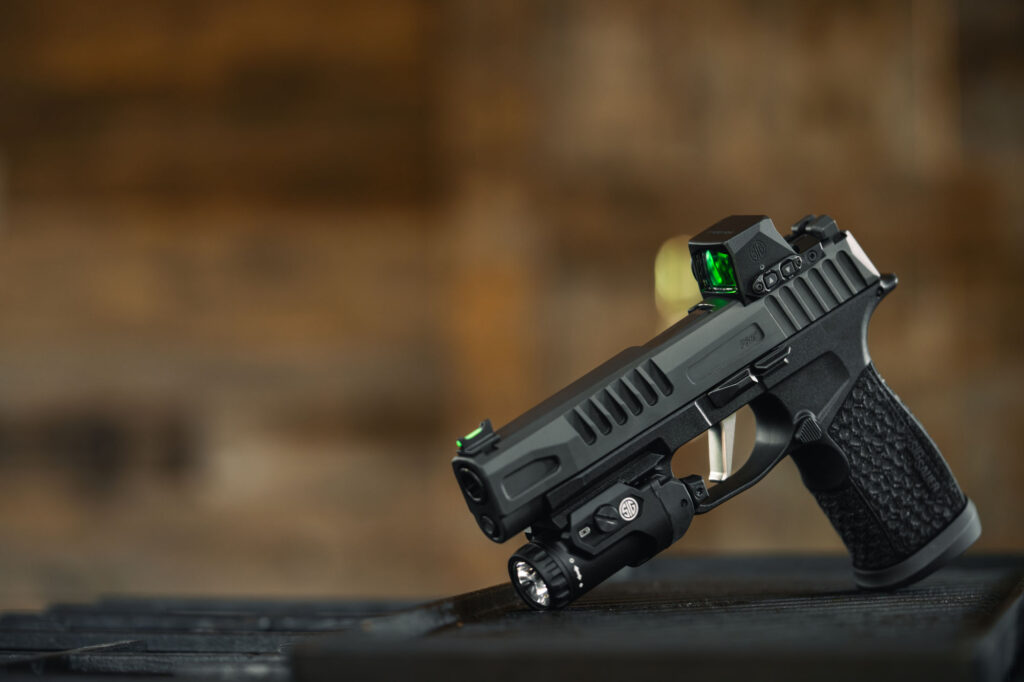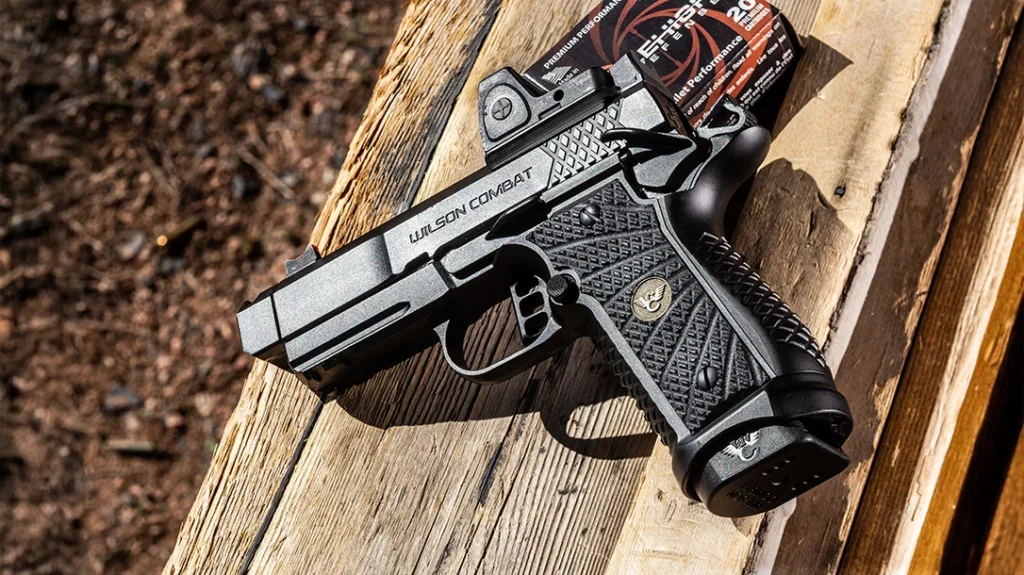Varmint hunting requires specialized ammo. This leaves the hunter in a conundrum because the Venn diagram between projectile accuracy and lethality has a wide berth. Both attributes can be nearly mutually exclusive. Lethality usually comes at the expense of accuracy, as hunting bullets need to give up some of their “precise features” to gain terminal performance. On the other hand, things that make match bullets slip through the air easily come counter to details that aid in terminal performance. Match bullets tend to eliminate exposed lead tips, expansion-initiating cavities and deep skiving in the pursuit of accuracy.
Mathematically speaking, the hunting of prairie dogs, ground hogs and even foxes and coyotes at distance end up requiring sub-MOA precision. Although target bullets can be used in these situations, they often don’t dispatch the game quickly, which can allow wounded animals to run back into a hole or deep into the brush. Obviously, that makes the retrieval of fur or confirmation difficult.
Below are some loads that were developed to stave off these varmint-hunting challenges. As a bonus, they’re all loaded with components that are relatively easy to source.
Advertisement — Continue Reading Below
Varmint Loads
.223 Remington
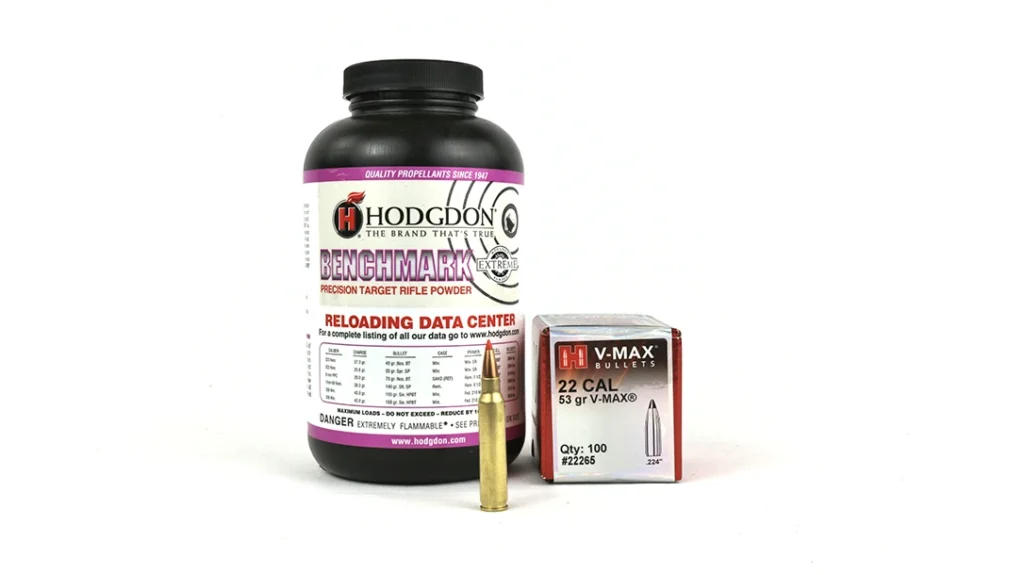
Who among us doesn’t have a rifle chambered in .223/5.56? Zippy by nature, this cartridge is an excellent candidate for many shooting sports. That’s why it tops our list.
Our load was developed in a 22-inch Tactical Kinetics AR-15 Varminter build, ensuring reliability in cycling. The 53-grain Hornady V-Max bullet that this loaded is topped with is built with a thin jacket. This allows the projectile to fragment upon contact. A moderate charge of 23 grains Hodgdon Benchmark drives the V-Max bullet fast enough for terminal performance. The repurposed Black Hills cases we used are easy to find at our range (or retained from previously fired factory ammunition).
Advertisement — Continue Reading Below
- Bullet type: Hornady 53 grain V-Max
- Powder type: Hodgdon Benchmark
- Charge weight: 23 grains
- Case type: Black Hills
- Primer type: CCI BR 4
- Overall length: 2.250”
- Velocity: 2927 FPS
.22-250 Remington
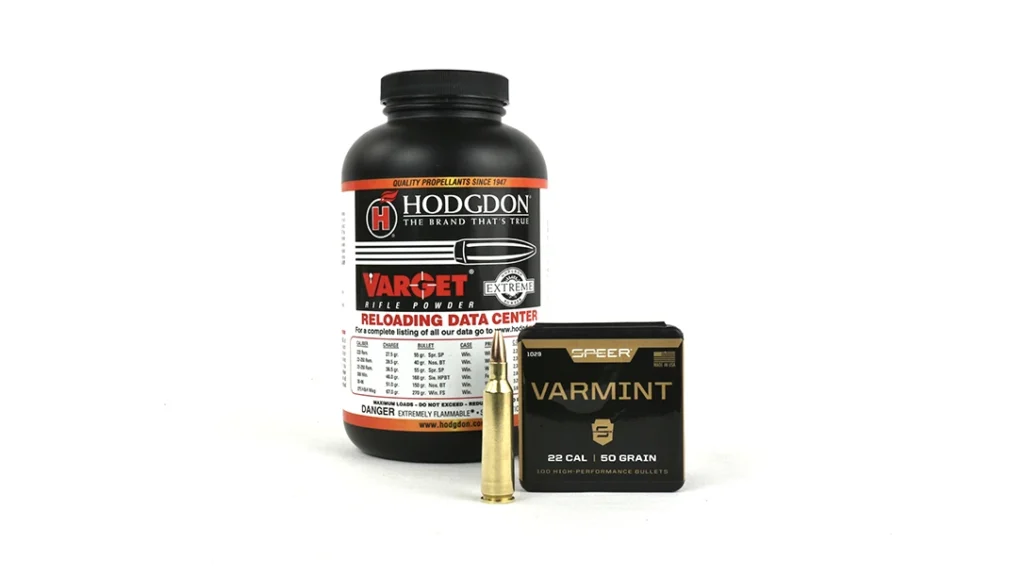
Those who are kitting up explicitly for the task of varmint hunting ought to consider buying or building a rifle in .22-250 Remington. This old school cartridge is built for excessive speed without the recoil. .22-250 will effortlessly crack the 3,000 FPS milestone. Certain loads have even been known to touch a screaming 4,000 FPS too.
Our .22-250 load was developed with a 26-inch barreled Savage Model 12. We tweaked it to keep muzzle velocity reasonable in order to allow longer strings of fire without frequent cooling breaks. The Speer Varmint soft-point bullet featured in this load is conventional, much like this chambering. It will make short work of fur-bearers without ruining pelts. To push that soft-point, we recruited Hodgdon’s Varget since it excels in cartridges like this one. And not to mention, Varget is well regarded for its temperature stability. Our data showed fantastic standard deviations using CCI’s standard primers, which spares us the expense of using match-grade primers.
Advertisement — Continue Reading Below
- Bullet type: Speer 50 grain Varmint SP
- Powder type: Hodgdon Varget
- Charge weight: 35.5 grains
- Case type: Hornady
- Primer type: CCI No. 200
- Overall length: 2.350”
- Velocity: 3522 FPS
6.5 Creedmoor
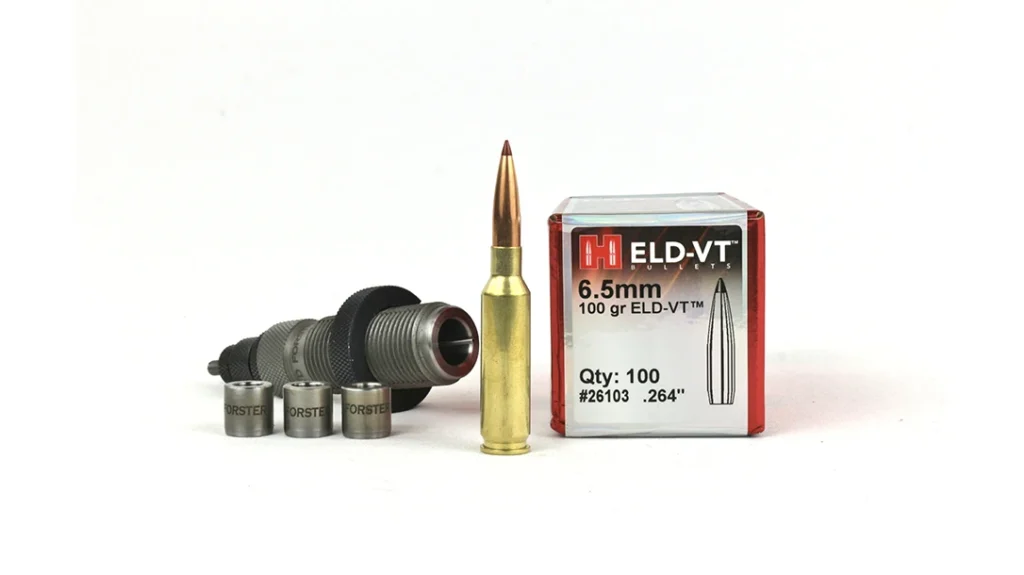
Love it or hate it, 6.5 Creedmoor has taken hold in our community. And let’s face it, it is even eating some of .308 Winchester’s lunch in the multi-role arena.
This popular cartridge is touted for its accuracy and ability to accept hyper-efficient high-ballistic coefficient bullets. It is thus a terrific candidate for long-range critter gittin’. Our 6.5 Creedmoor load includes Hornady’s new ELD-VT, which combines varmint jackets with modern form factors. We chose the 100-grain version to mirrors the 123-grain Hornady ELD M–this way our 6.5 Creedmoor varmint load can be charged with similar propellants in many cases. Furthermore, we trickled 47 grains of Hodgdon’s Superformance powder into a Starline case. This pushes out the ELD-VT bullet rather well out of 24-inch barrels with a muzzle velocity of approximately 3161 FPS. We resized our cases with Forster’s full-length bushing die. This allows us to tailor neck tension for the gentler seating of bullets, and a more uniform release. Tighter groups are the end-result.
Advertisement — Continue Reading Below
- Bullet type: Hornady 100 grain ELD-VT
- Powder type: Hodgdon Superformance
- Charge weight: 47 grains
- Case type: Starline
- Primer type: CCI BR2
- Overall length: 2.890”
- Velocity: 3161 FPS
.220 Swift
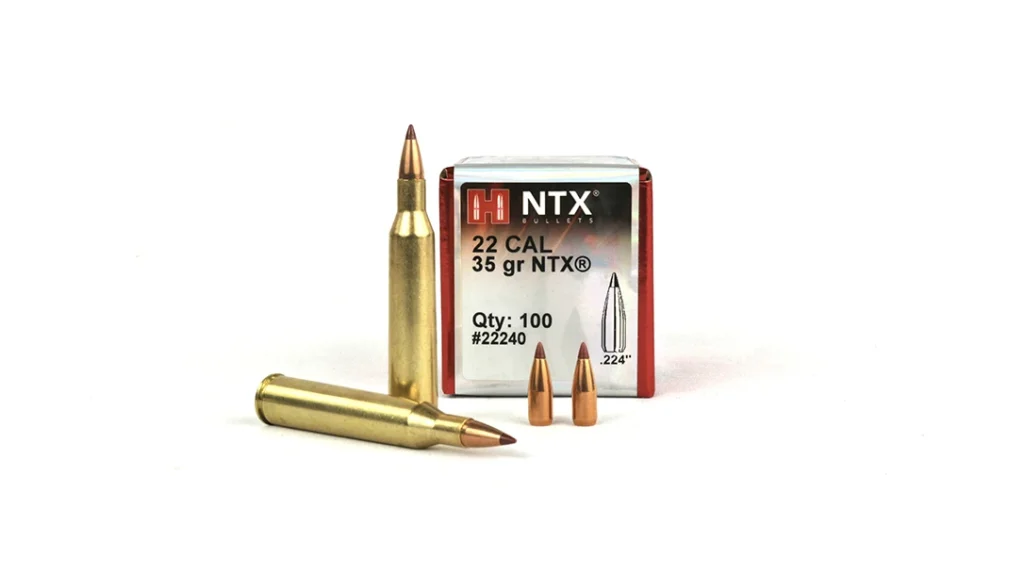
The .220 Swift has long held the record for being the fastest commercial cartridge available, and this load boldly displays it. Using another Big Red product again, Hornady’s NTX bullet and some IMR 8208 propellant, our .220 Swift recipe easily breaks the 4500 FPS mark in 26-inch barrels.
The softer metal cup Federal’s Gold Medal Match primers work best for this load, as the softness allows better ignition. Although the .220 Swift is falling from fashion, Hornady’s brass cases are still easy to find. We found Hornady’s factory brass to be exceptionally concentric and able to handle the higher pressure associated with the .220 Swift.
Advertisement — Continue Reading Below
- Bullet type: Hornady 35 gr. NTX
- Powder type: IMR 8208 XBR
- Charge weight: 40 grains
- Case type: Hornady
- Primer type: Federal Gold Medal Match
- Overall length: 2.660”
- Velocity: 4510 FPS
.22 ARC
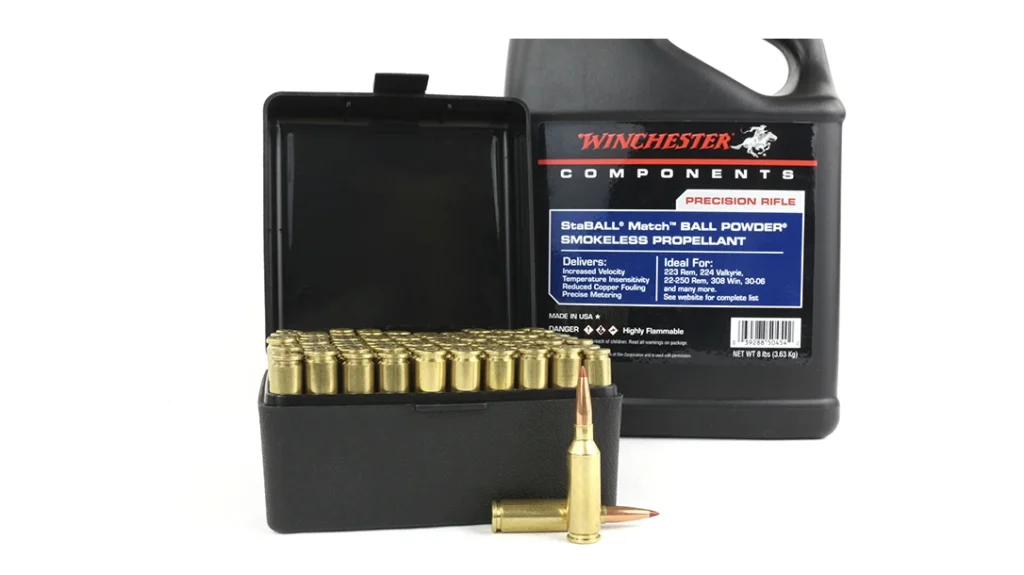
Hornady’s fairly new .22 ARC cartridge was developed to rival classic .22-250 ballistics and terminal performance while being short enough to fit into AR-15 sized packages. To that end, .22 ARC can send lightweight bullets at blistering speeds. It can also be loaded with longer heavier projectiles that have higher ballistic coefficients too.
Our load utilizes Hornady’s 62-grain ELD-VT bullet which makes this .22 ARC recipe suitable for long-range engagements. We charge Hornady .22 ARC cases with Winchester StaBall Match powder, a spherical propellant that’s good temperature stability. Its spherical nature also allows it for adequate volumetric metering, which only bolsters precision. On top of that, thanks to StaBall’s shape, we can load this recipe on progressive presses with a surprising degree of consistency. Our test-rifle for our .22 ARC load is custom-built AR-15 built with a 22-inch Ballistic Advantage barrel. We can not only confirm that it is deadly on varmints, but reliable through semi-auto rifles too.
Advertisement — Continue Reading Below
- Bullet type: Hornady 62 gr. ELD-VT
- Powder type: Winchester StaBall Match
- Charge weight: 29.9 grains
- Case type: Hornady
- Primer type: CCI No 400
- Overall length: 2.250”
- Velocity: 3,078 FPS
6 ARC
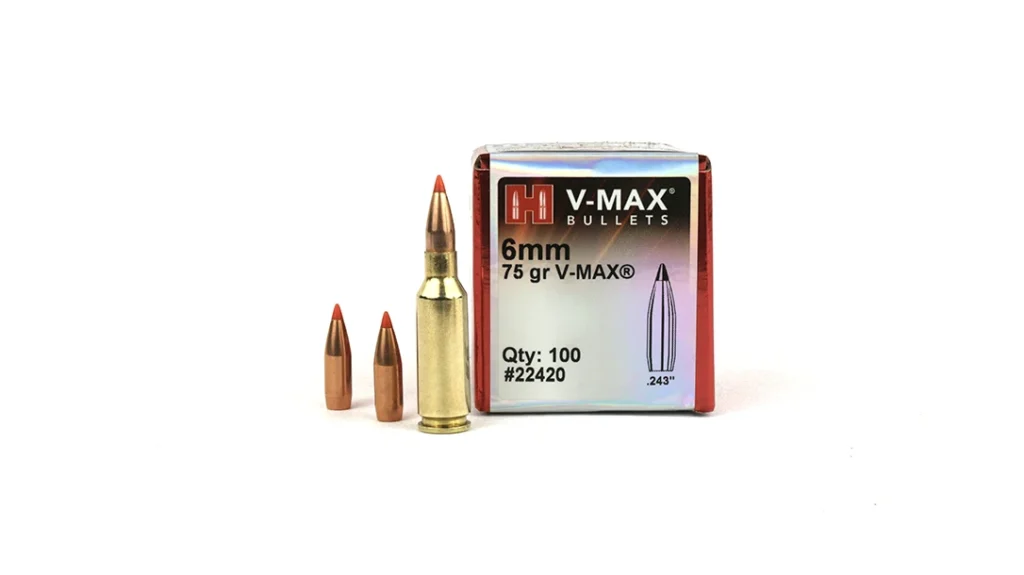
Although not as flat-shooting as its .22-caliber counterpart, the 6mm ARC does quite well with varmints when appropriately loaded. Hornady originally designed the 6 ARC with longer bullets in mind. For our purposes, the 75-grain Hornady V-Max bullet offers high velocities. It can be seated long enough for reliable function in an AR-15. We worked up this load in another custom rifle build that had a 20-inch PROOF barrel. Hodgdon and Hornady’s joint LEVERevolution powder pushes it to an impressive 3148 FPS. We determined that the load appreciates the higher-end CCI BR-4 primers. Since they have tougher cups, the added harness makes them ideal for self-loading rifles.
- Bullet type: Hornady 75 gr. V-Max
- Powder type: Hodgdon LEVERevolution
- Charge weight: 31.5 grains
- Case type: Hornady
- Primer type: CCI BR-4
- Overall length: 2.130”
- Velocity: 3148 FPS
Load Data Warnings
Anyone that owns rifles chambered in any of these listed cartridges can use our recipes are a great place to start. Be warned, however, because these charge weights should be treated as target loads, not a starting point.
Reference a loading manual, or the Hodgdon website to first ensure the combinations are compatible with your rifle. Then, development should start at the listed minimum, and groups should be fired in small increments, checking for pressure signs along the way. During this process, you may likely find that your ideal powder weight differs from what we listed. This is another reason why it pays to be cautious when handloading.
Follow this advice and you’ll quickly find fields rid of rodents and woods where the turkey and fawn are once again free to roam.
